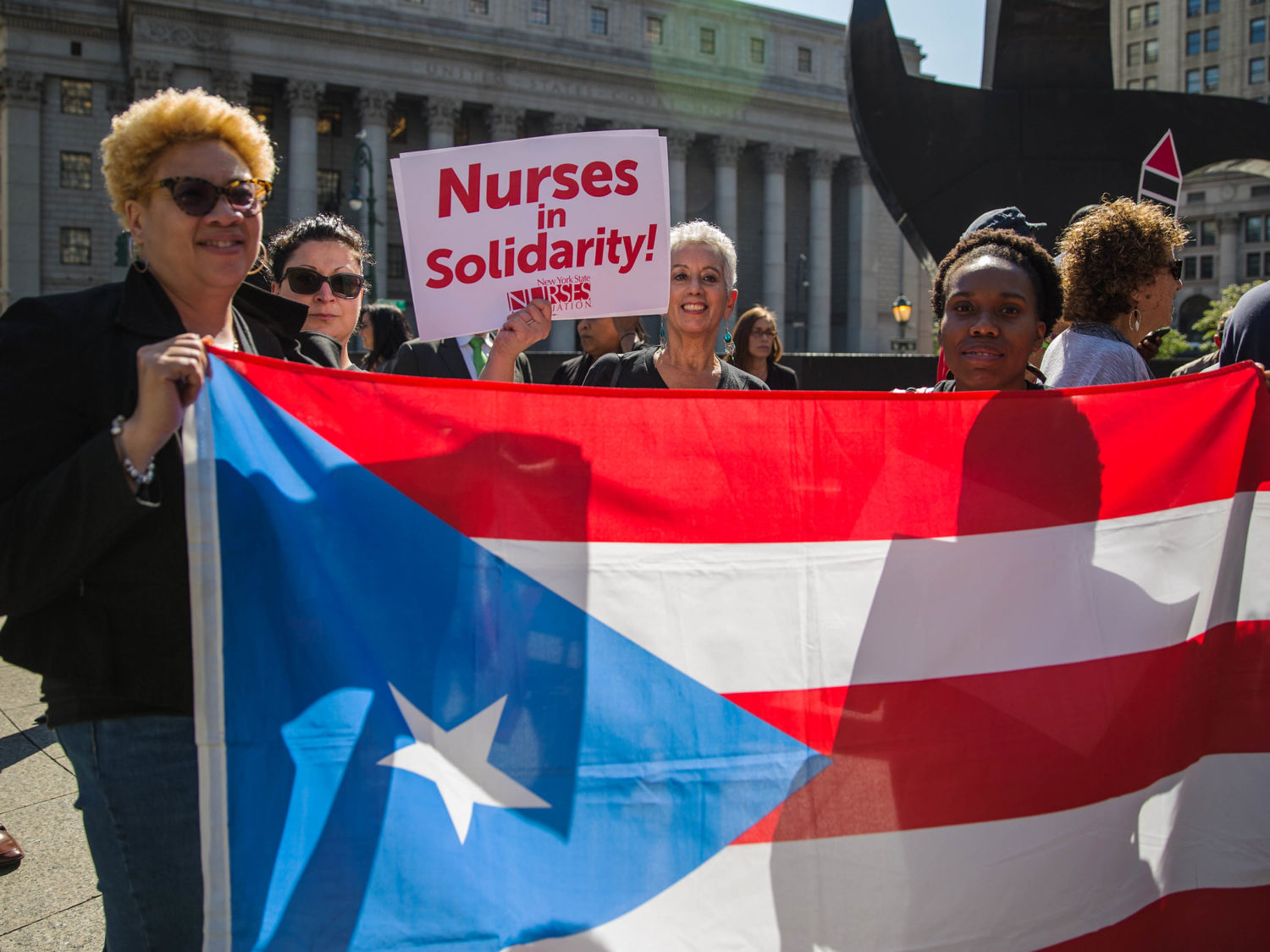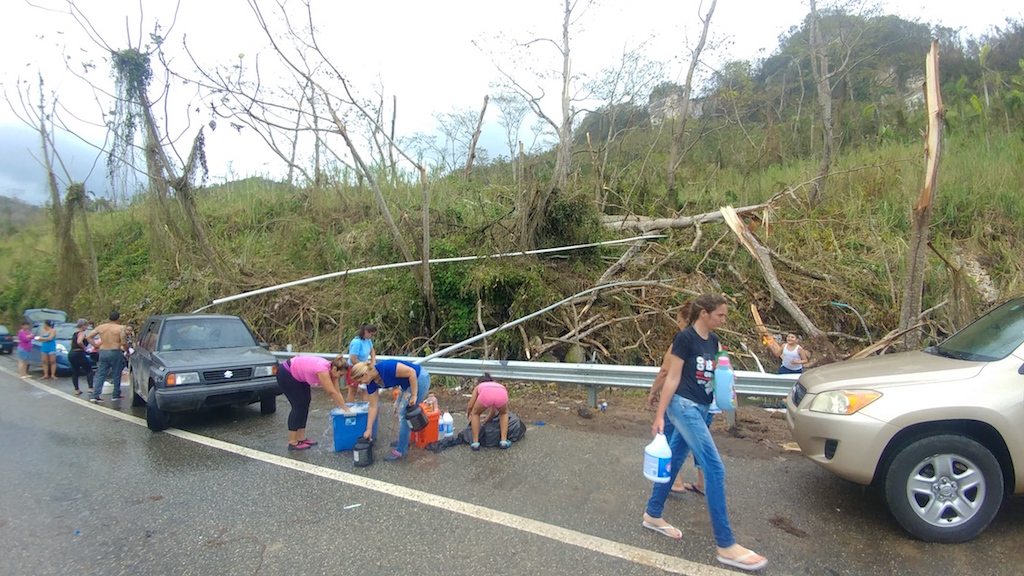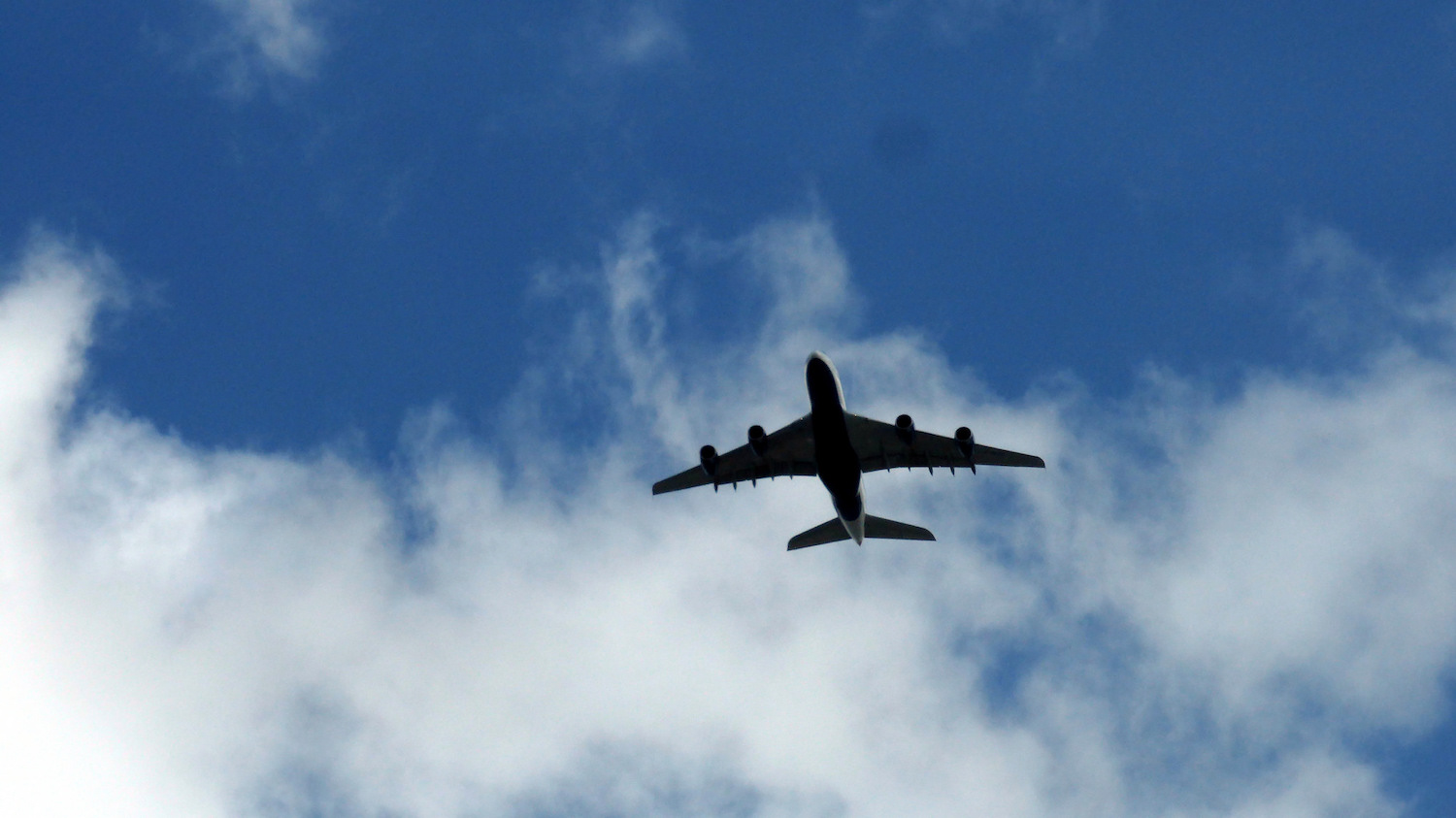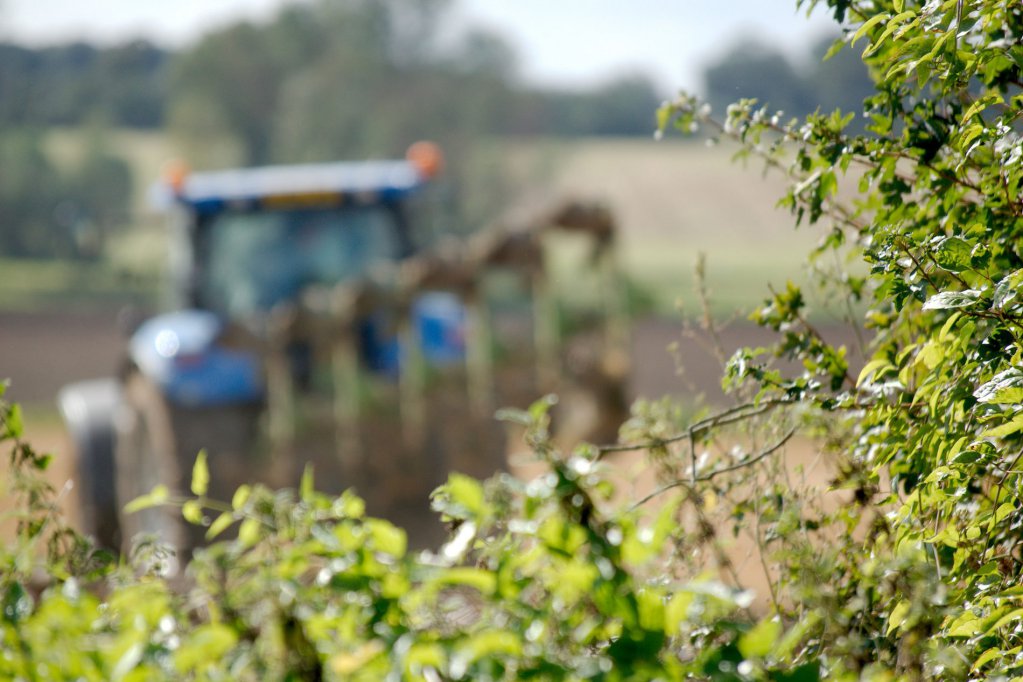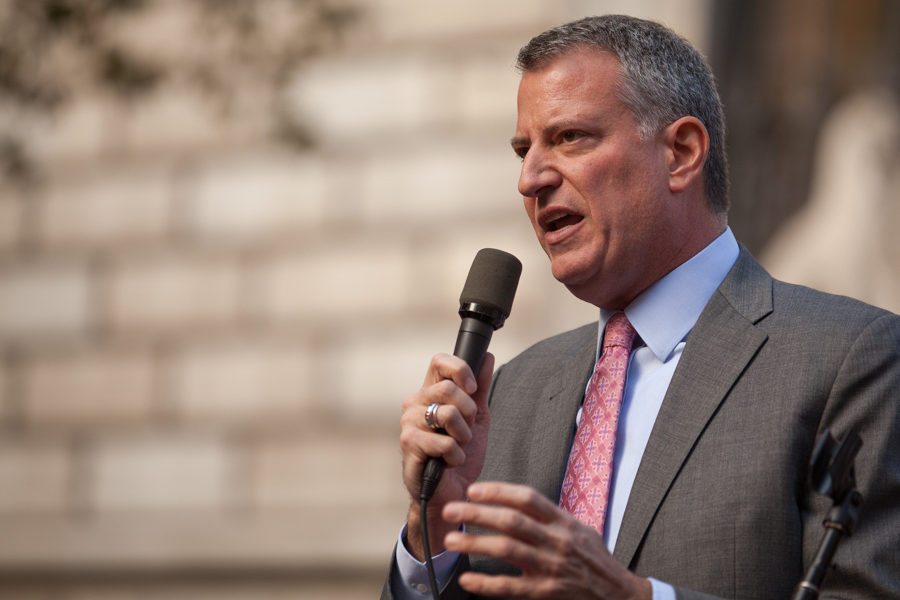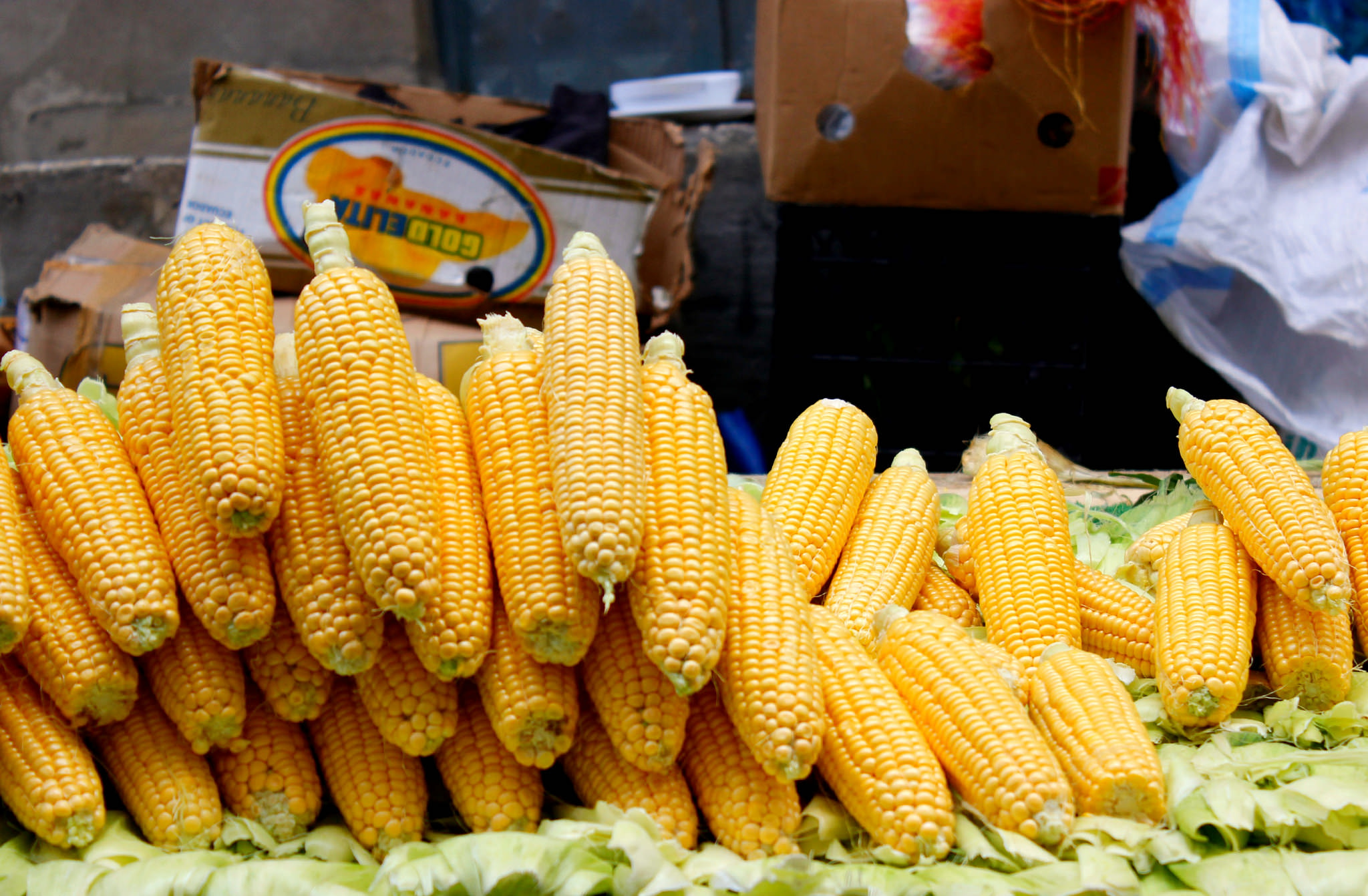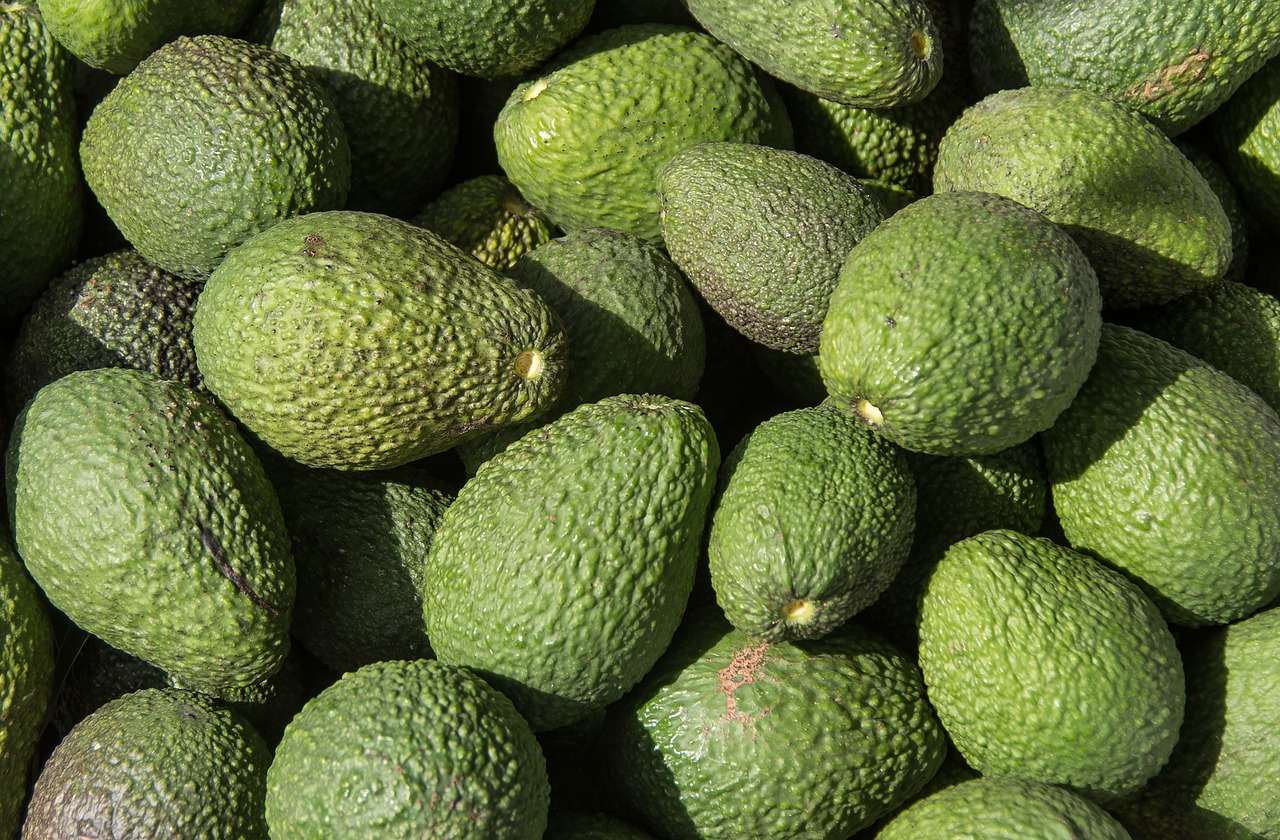Earlier this month, an estimated 1.3 million Puerto Ricans saw a precipitous fall in their food assistance dollars. The cause? Congress failed to reauthorize a disaster-aid package that would have provided $600 million in extra funding for food stamps in the aftermath of Hurricane Maria.
As The Washington Post reports, the funding is included in a $13-billion disaster bill that is advancing through the Senate. But the future of the legislation was thrown into jeopardy on Wednesday evening as Democrats pushed for additional funding for the island’s recovery and Republicans dug in their heels in response.
Yet while the current shortage has shed fresh light on the shortcomings in Puerto Rico’s food assistance program, its problems trace back to the 1980s, when President Ronald Reagan’s administration pushed to change its funding structure.
In the process, the program’s title on the island dropped a letter: The Supplemental Nutrition Assistance Program, or SNAP, became NAP.
At the same time that the Reagan administration transitioned Puerto Rico to a block-grant food-aid model, it also cut 25 percent of its total funding. As a result of those policy changes, residents of Puerto Rico today get much less money for food assistance than they would on the mainland.
That also means there is virtually no cushion for economic shocks to the food system like Hurricane Maria, the category 5 storm that ravaged the island in 2017, killing nearly 3,000 people, and demolished Puerto Rico’s infrastructure. Today, the recovery continues to inch along as the local government works to rebuild houses and restore roads.
In the months after the hurricane, the editorial board at The New York Times wrote that, “Of all Puerto Rico’s continuing miseries seven weeks after Hurricane Maria’s devastation, the most blatantly unjust is that islanders have been denied the more generous and swifter food relief distributed to storm victims this year in Texas and Florida under the emergency food stamp program.”
Indeed, President Trump in a closed-door meeting this week, told Senate Republicans that the island had already received too much aid.
The United States Department of Agriculture (USDA), which administers SNAP benefits, also runs a program called D-SNAP (Disaster Supplemental Nutrition Assistance Program), that pumps extra benefit dollars into affected areas and loosens restrictions on what people can buy. The agency approved D-SNAP for low-income Nebraskans on Thursday.
When disaster benefits run out, typically after two months, people who have lost their jobs or homes are eligible to apply for traditional SNAP benefits. The whole program is funded based on an entitlement model, which means anyone who meets the requirements can receive benefits. If the mainland economy collapsed today and 2 million families suddenly needed food assistance, SNAP would feed all of them based on need. Administrators would never be forced to set limits based on available funding.
Puerto Rico, meanwhile, gets a finite amount of money for all of its residents. Even in the best of times, that’s meant a lot less buying power per household. A family of five could receive a maximum of $499 per month in SNAP benefits in Puerto Rico in 2017; on the mainland, that same family would get $771, according to an analysis by the Center for Budget and Policy Priorities.
The block-grant funding model also limits how the island can respond to a hurricane or similar disaster. It can’t activate D-SNAP or temporarily allow more people to access benefits without explicit action from Congress. That’s why this month’s reauthorization failure is so threatening. The money simply isn’t there to provide families with extra support.
In the aftermath of Hurricane Maria, 150,000 people were displaced
“Governor Rosselló is coming to Congress and saying, ‘American citizens don’t have enough to eat on the island. I cannot with NAP meet their basic food needs. I’m asking you, if not imploring you, to help me ensure that people on the island can eat,’” says Dean. “That is wildly unprecedented … that’s a big deal.”
President Trump has publicly stated that he would like to curtail the flow of aid money to Puerto Rico, a position that led to this week’s Senate stalemate. But if his response to the ongoing crisis on the island has been characterized by its “just-beneath-the-surface racial appeals,” his approach is not without historical underpinnings.
When the Reagan administration implemented its block grant, cutting 25 percent of the island’s food and nutrition budget in the process, officials rationalized the change by insisting it would encourage local agricultural production. In response, then-Resident Commissioner Baltasar Corrada del Río pushed back. “Perhaps someone is suggesting we just stuff ourselves with rice, beans, and bananas,” he said, adding that the proposal “smacks of latent discrimination, as if Puerto Ricans did not get as hungry as other Americans.” Another Reagan official was nearly forced to resign when he called SNAP “basically a Puerto Rican program.”
In the 1980s, Puerto Rican officials warned that cuts to welfare programs presented a real existential threat to residents. Lacking federal support, people would have to leave home and move to the mainland. Thirty-five years later, their predictions are still resonant. In the aftermath of Hurricane Maria, 150,000 people were displaced.
Earlier this month, Senator Bernie Sanders, the Independent from Vermont, and Representative Nydia M. Velázquez, a Democrat from New York, introduced a bill that would end block-grant nutrition assistance for Puerto Rico, nesting the island instead under the same SNAP system that governs the rest of the country.
A bipartisan coalition of lawmakers on Thursday took the proposal a step further, introducing one that would make Puerto Rico the 51st state. Florida’s Democratic Representative Darren Soto said in a press conference, “It’s time to end 120 years of colonialism.”
